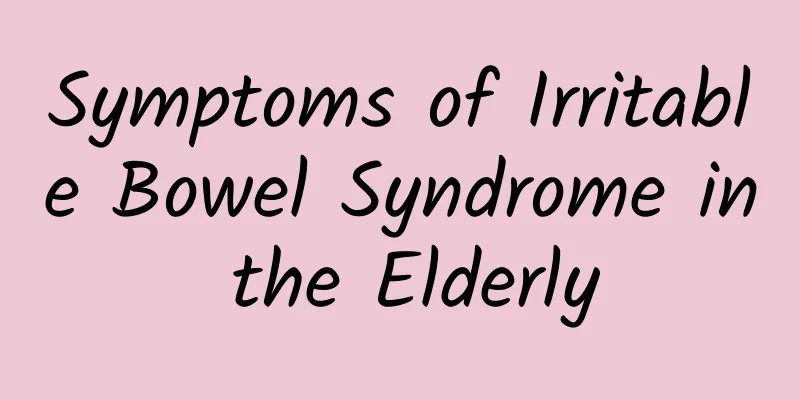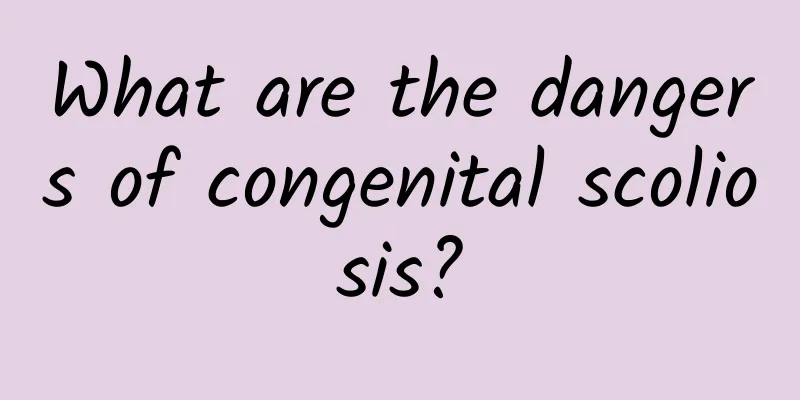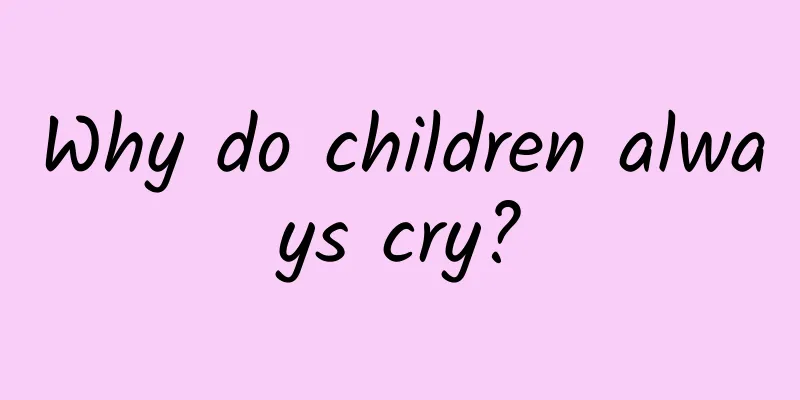Japanese encephalitis

|
Epidemic encephalitis Japanese, commonly known as Japanese encephalitis, is a very common viral disease, which is generally transmitted by mosquitoes. It is a common disease in summer and autumn. There are no physical symptoms in the early stages of Japanese encephalitis. Of course, a small number of patients will show symptoms of high fever, impaired consciousness, etc. The following is some introduction about Japanese encephalitis, let’s take a look. Japanese encephalitis is a very serious infectious disease that poses a great threat to the patient's life safety. The disease has many transmission routes and there are almost no signs in the early stages of the disease, so the harm caused to patients is very great. Japanese encephalitis must be discovered and treated in a timely manner. People infected with the Japanese encephalitis virus suddenly develop the disease in about two weeks. The main symptoms include fever, headache, vomiting, drowsiness, and general discomfort. Some children may become irritable and restless. 3-5 days after the onset of the disease, the patient develops a high fever and the body temperature quickly rises to 39℃-40℃. Headache is often the first symptom experienced by patients, and those with severe illness may experience a stiff neck. The patient gradually develops impaired consciousness. Mild cases only experience drowsiness, while severe cases become unconscious or even fall into a coma. The mortality rate is between 3% and 10%. If the patient can get through this most difficult period, he or she will get better day by day and usually recover completely in about two weeks. Although critically ill patients are cured, they may still have some sequelae due to brain tissue necrosis, such as mental retardation, slurred speech, paralysis of hands or feet, frequent convulsions (epilepsy), mental disorders, etc. Like other viral diseases, there is no specific treatment for Japanese encephalitis. Therefore, it should be discovered early and treated in time. The common early symptoms are as follows: 1. Sudden fever. The patient developed an acute onset of illness, with the body temperature rising rapidly to above 39°C and persisting. 2. Severe headache. Most patients suffer from severe headaches and irritability, while children cry incessantly. 3. Projectile vomiting. Due to increased intracranial pressure, patients may experience projectile vomiting that is not related to eating. After reading the above introduction about epidemic encephalitis B, you should know what it is. It can be seen that the harm of this disease is very great, so when you find the above symptoms of the disease, you must seek timely treatment, especially in summer and autumn, you must pay attention to taking preventive measures, keep the room clean, and try not to give mosquitoes the opportunity to breed. |
>>: Why are my hands and feet numb?
Recommend
How much visceral fat is normal?
Many people become obese due to too much fat in t...
What to do if you feel weak after catching a cold
Feeling weak and listless after catching a cold i...
The chest and stomach area feel like they are choking
A choking sensation in the chest and stomach is p...
High back muscle tone
If parents find that their child has high back mu...
What diseases are people with hot constitution prone to? The harm is so great
Hot constitution actually refers to the damp-heat...
What is the principle of taking the pulse?
In ancient times, most medical diagnosis was made...
Can eating walnuts cure kidney stones?
Walnut is a kind of dried fruit. It has a strong ...
Are the AIDS red spots large in area?
AIDS is a relatively serious disease and there is...
Differential diagnosis of dull pain in the right lower abdomen
Many people may experience symptoms such as pain ...
Why does bleeding occur a few days after taking birth control pills?
Contraceptive pills are a very popular emergency c...
Swelling inside the anus
Regular bowel movements every day are good for th...
How to treat insomnia caused by physical weakness
Because the body is relatively weak, insomnia is ...
Can fungal infections heal on their own?
Mold is a fungus, a kind of bacteria with relativ...
Harm of Pandan Leaves
Pandan leaves are a subtropical green plant with ...
What is the cause of bloating and frequent farts?
Stomach bloating and frequent farts are the resul...









